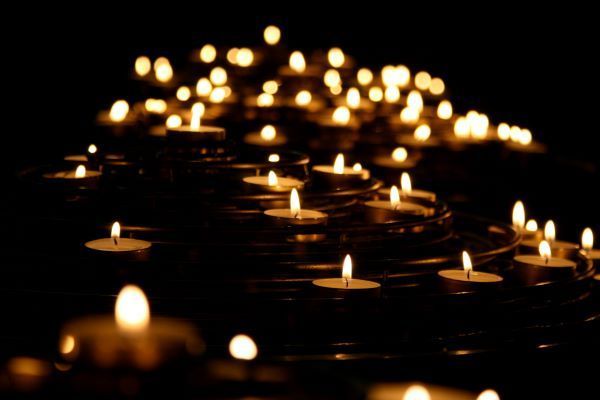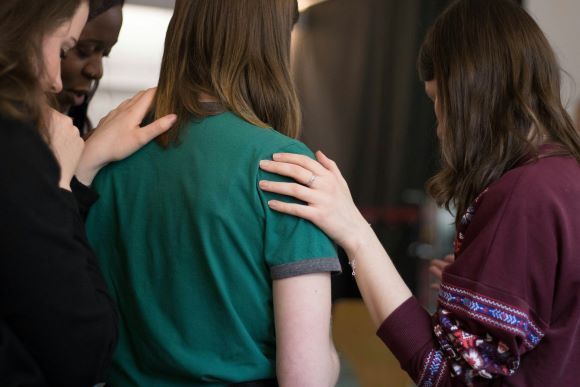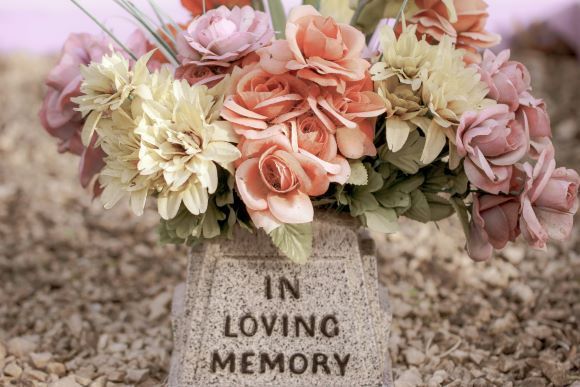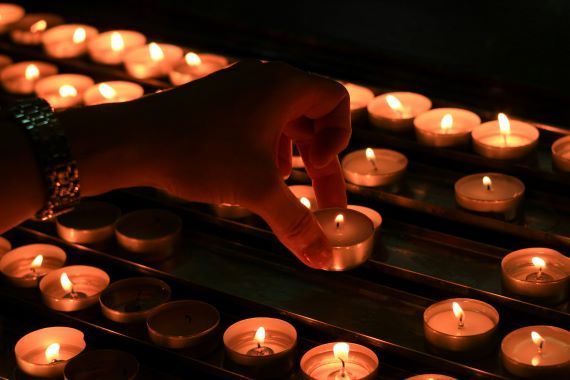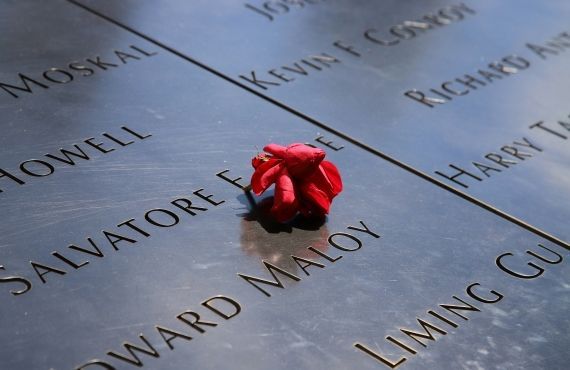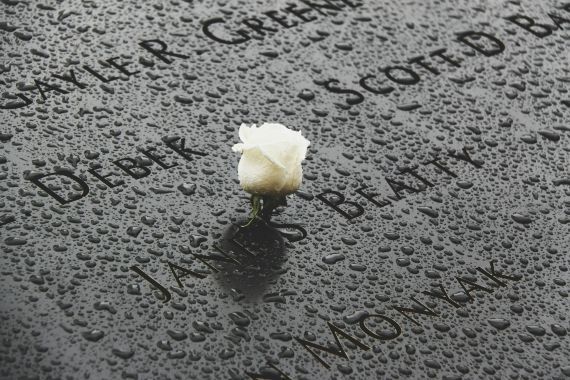163 Main St.
Pennsburg, PA 18073
Fax: 215-679-5782
Blog Layout
Phases of Grief: The Six ‘R’s of Mourning
Falk Funeral Homes & Crematory Inc. • March 1, 2021
Everyone grieves differently, but there are emotions and experiences that many people are likely to share. Understand what these phases are and learn how to process them.

It is natural to grief over the loss of a loved one, especially when you’re searching for funeral homes Red Hill, PA. It is a highly personalized process that varies from person to person. However, some have found out that the bereaved have various commonalities in how they cope with the mourning process and the order of the feelings experienced during grief.
Grief is divided into six separate stages known as the Six Rs of Mourning, which are:
- Recognize the loss
- React to the separation
- Recollect and re-experience
- Relinquish old attachments
- Readjust
- Reinvest
He categorized these phases into three distinct phases, namely:
- Avoidance
- Confrontation
- Accommodation
Let’s delve deep into these phases.
Phase 1: Avoidance
When you hear about the passing away of your loved one, your mind finds it difficult to acknowledge the loss. This is the earliest part of grief where an inner part of you still doesn’t process the reality. This stage has just one task - Recognize the loss.
After some time, the person understands and accepts that the loved one has gone forever – and enters the next phase.
Phase 2: Confrontation
Now that the mourner has realized the reality, he must come up with mechanisms to deal with the grief and sorrow that accompanies the death of the beloved. The person tries to cope with the set of emotions in three separate tasks:
React to the separation:
This stage involves reacting to and embracing a set of powerful emotions due to the passing away of the loved one as well as the ‘secondary losses” that come along with the original loss.
Secondary losses are the changes brought by the original loss, for instance, the death of the spouse may bring financial troubles, thin out social and emotional security, and loss of romantic intimacy, to name a mere few.
Recollect and Re-experience:
As the name indicates, this stage entails reminiscing about both good and bad times spent with the departed soul. How your relationship went through ups and downs in life, and how the deceased brought positive changes in your life and will continue to do so.
These memories define how the mourner finds a new relationship with the deceased.
The third and last stage of the confrontation phase is - relinquish old attachments. Unlike how it sounds, it doesn’t mean you have to forget the loved one and move on with your life. Instead, it is a slow and gradual process where you start adapting to the new reality, a world without your loved one.
Phase 3: Accommodation
In this phase, as the name indicates, the mourner tries to find the meaning of life without the departed soul. It doesn’t mean that you won’t experience feelings of sadness and sorrow, but you’ll be able to overcome them and find moments of happiness in your life. The two stages of this phase are:
Readjust:
Trying to forget or get past the grief of the loved one and return to the normal routine. The loss of the beloved may have induced a permanent change in your outlook but will be better poised to cope with the challenges of daily life.
Secondly, the mourners try to reinvest emotional energy. That is, they look to explore new avenues of happiness for them like indulging in new hobbies or fun activities that give them peace of mind. This stage is not about replacing your loved one but moving on with your life- with the continuation of your love for them.
Arranging the memorial with funeral homes
Red Hill, PA, is the first step of the grieving process.
Share
Tweet
Share
Mail
Falk Funeral Homes & Crematory Inc.
163 Main St.
Pennsburg, PA 18073
Fax: 215-679-5782
Falk Funeral Homes & Crematory Inc.
1418 Main St
Hellertown, PA 18055
Fax: 610-838-7922


